11 legendary recording studios to rival Abbey Road
What's left if Abbey Road goes under the hammer?
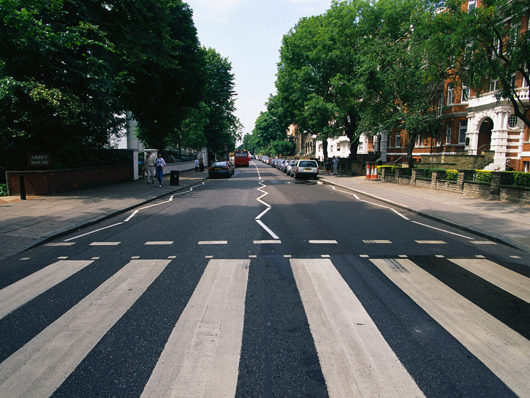
Happy Birthday Abbey Road!
UPDATE: With the news of EMI’s impending sale of Abbey Road Studios sending a shockwave of nostalgia and doom through the music community, it’s probably a suitable time to focus on the former.
In September 2009, MusicRadar celebrated the 40th anniversary of The Beatles’ Abbey Road LP by paying tribute to 11 other legendary studios to rival the one it was recorded in. Read on for last year’s celebration… just try not to count how many will be left if Abbey Road bites the dust (that’s the ‘doom’ bit).
On 26 September 1969, The Beatles released Abbey Road - their penultimate studio release oft considered the final Fab Four LP because it was recorded after Let It Be.
Contrary to popular belief, the album was named after the street where its recording studio is situated, not the studio itself (EMI Studios became Abbey Road Studios in 1970 after the album’s release). Regardless, The Beatles are synonymous with ‘Abbey Road’ (street and studio), placing it firmly on the map as (probably) the most famous recording facility in the world.
But while 90% of The Beatles’ output was laid down there, even they, at times, ventured elsewhere (for one in ten tracks!). Other studios were making engineering, musical or technological innovations that would inspire generations to come: from The Rolling Stones’ Mobile Studio to‘genius-cum-all-round-tragic eccentric’ Joe Meek’s lounge-turned-control-centre.
So, to ‘celebrate’ 40 years of Abbey Road, here are 11 other legendary recording studios to rival it. Happy Birthday…
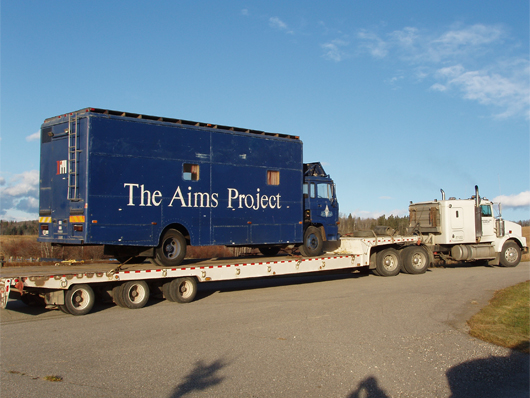
The Rolling Stones Mobile Studio
When the restrictions of using conventional studios got too much in 1968, Mick Jagger’s new country house at Stargroves became the setting for recording sessions which needed equipment to be transported to do the work. From this developed the idea of a portable recording facility - a control room in a van, basically. And so was born their mobile truck.
It quickly caught on and was used by The Who, Led Zeppelin, Bob Marley, Iron Maiden, Deep Purple and The Faces among others. Through the 70s, Sticky Fingers and Exile On Main Street were recorded on originally 20 microphones and 8 tracks that were soon upgraded to sixteen.
Always experimental and versatile, it went to the former USSR to record a 72-piece orchestra and to Greece to capture Nana Mouskouri’s return concert.
In the late 80s Bill Wyman set up the AIMS (Ambition Invention Motivation Success) project to give young bands a chance to get their work down.
In 1996 it was bought and taken to New York by Loho Studios and put to use in the underground scene, producing most noticeably Patti Smith and the Ramones work.
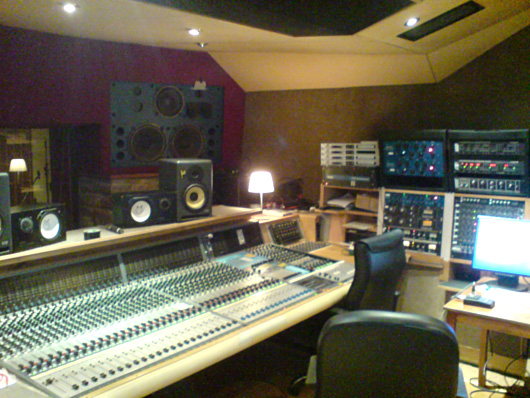
Rockfield Recording Studio
The place where Queen’s Bohemian Rhapsody was laid down has an immediate entry onto any chart of great places to cut discs, but Monmouth-based Rockfield additionally claims to be the world’s oldest residential studio (founded 1965) and has played host to a wide range of other stars of wax from the golden years of pop onwards.
Built out of a ramshackle set of old farm buildings and solid stone studios, it has a unique sound that was well described in the name - rock field, indeed. A glance down their catalogue reads like a who’s who.
In the 60s it was Amen Corner, followed in the 70s by Dave Edmunds, Black Sabbath, Motorhead, Hawkwind right across the spectrum to Mike Oldfield and Carlene Carter.
The 80s saw such luminaries as Simple Minds, Adam And The Ants, Clannad, The Waterboys and Echo And The Bunnymen.
Into the 90s and The Pogues, Stone Roses, Boo Radleys, Aztec Camera, Super Furry Animals, Paul Weller, Julian Lennon, Manic Street Preachers and Coldplay made Rockfield their studio of choice.
So far this century, they’ve welcomed New Order, Suede, Supergrass, The Darkness, Kasabian, Badly Drawn Boy, KT Tunstall and The Proclaimers. They also developed their own successful record label.
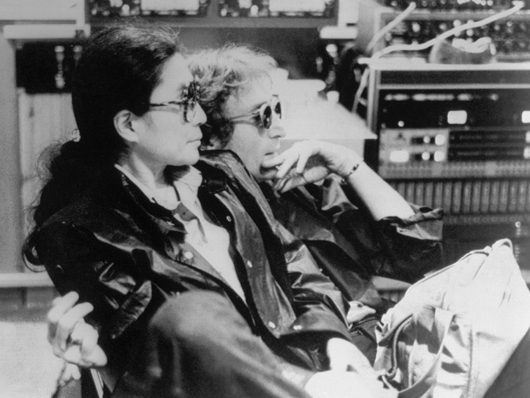
Trident Studios
People who remember the studios built in 1967 in Soho, London, also recall the relaxed atmosphere of everybody (apparently Abbey Road's engineers still wore white coats!).
This was coupled with state of the art recording equipment which allowed innovation but gave consistency to the output across different artists. The revolutionary, now legendary, almost mythical Trident 'A' Range multi-track recording consoles were originally built by and for Trident Studios, but as the grapevine hummed other studios soon placed orders.
Cherokee Studios in Los Angeles grabbed one of the first, and David Bowie, Rod Stewart, and Frank Sinatra are among the early artists who first recorded hits on the 'A' Range console.
Trident was the first UK studio to use the Dolby noise reduction system on eight-track reel to reel recording deck at the time that Abbey Road still used four-track. This drew The Beatles on 31 July 1968 to record Hey Jude and The White Album tracks Dear Prudence, Honey Pie, Savoy Truffle and Martha My Dear.
Later Trident became the first in the world to employ 16-track recording.
The Beatles' solo projects were also recorded there, including John Lennon and Yoko Ono (pictured above) with The Plastic Ono Band's Cold Turkey featuring Eric Clapton on lead guitar and George Harrison for some of his triple album, All Things Must Pass, containing the hit My Sweet Lord.
Other Apple Records artists used Trident, including Billy Preston, Mary Hopkin and James Taylor. Harry Nilsson laid down Without You there, too.
Paul McCartney famously often block-booked the studio without rolling up, but encouraged a new group called Queen to use the spare studio time.
Trident was also famous for the piano which is heard on Hey Jude and Elton John's Your Song. A much-prized, handmade C. Bechstein concert-sized instrument over a century old.
In March 1968 Manfred Mann recorded Trident's very first no. 1 at the studio, the single My Name Is Jack.
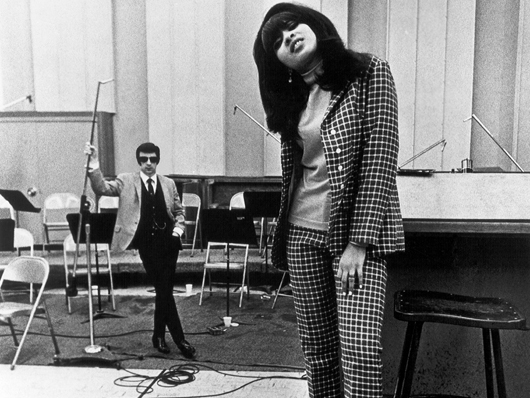
Gold Star Recording Studios
As he prepares to spend the rest of his life in jail, it's easy to forget the musical legacy of Phil Spector (pictured above with Ronnie Spector). Ask most people about him, and they say - The Wall of Sound.
Gold Star's perfect echo on Santa Monica Boulevard in central Hollywood is where he built it, using the Gold-designed consoles and acoustically coated walls.
From the mid-50s to mid 80s, Gold Star saw the initiation into the recording arts of artists like Ritchie Valens, Eddie Cochran, The Beach Boys, Sonny And Cher (together and solo), Buffalo Springfield, Duane Eddy, Jimi Hendrix, Neil Young, The Ronettes, The Righteous Brothers, Iron Butterfly, Herb Alpert And The Tijuana Brass and Meat Loaf.
It was also the recording ‘home’ of ABC-TV’s prime-time Rock & Roll Show Shindig and became the perfect and natural creative home for so many major artists: Bobby Darin, The Who, The Monkees, The Band, Ramones, The Association, Art Garfunkel, Leonard Cohen, Bob Dylan and John Lennon.
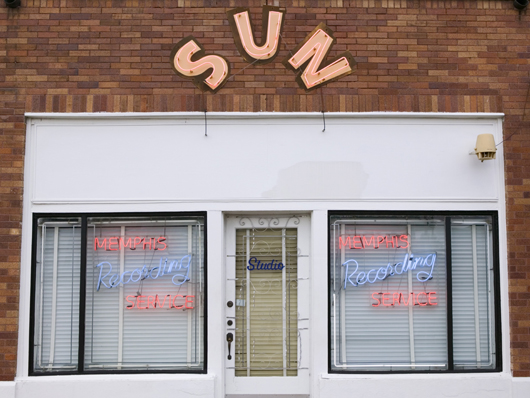
Sun Studios
Claimed by many as the birthplace of rock 'n' roll, the first Sun studio opened in January 1950 as Memphis Recording Service, the dream of rock pioneer Sam Phillips.
In the following years, rock, R&B and blues legends including Ike Turner, Howlin' Wolf, Junior Parker, Little Milton, BB King, James Cotton plus one-time radio DJ Rufus Thomas recorded there.
There is disagreement about whether a young Elvis Presley walked in to record a demo for himself on his mother's birthday, but the fact remains that Presley developed his unique rocking performing style and early recording techniques at Sun studios, some apparently by clowning around between takes.
Throughout the decade other rock ‘n’ roll, country and rockabilly artists like Johnny Cash, Carl Perkins, Roy Orbison, Charlie Rich, and Jerry Lee Lewis signed to Sun Records and recorded there.
By 1959 recording demands of equipment had outgrown the building, and a bigger place was acquired nearby. However, it is the original place that is now very firmly established as an iconic stopover on American musical and cultural history tours, just a short drive away from Graceland.
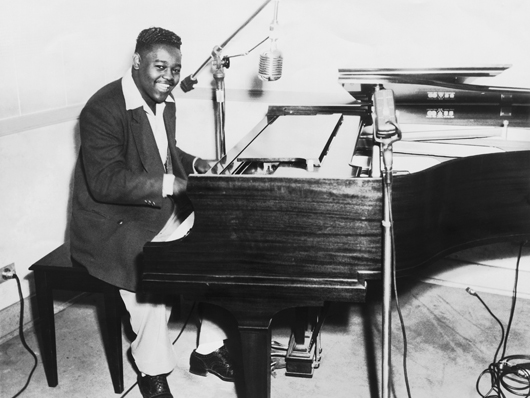
Cosimo Recording Studio
Like Sun Studios, this one has claims on being the birthplace of rock ‘n’ roll, producing Fats Domino's The Fat Man which is sometimes argued as the first rock ‘n’ roll hit.
Built on the dreams and ideas of 18-year-old Cosimo Matassa, an Italian-American recording engineer, his J&M Recording Studio opened at the back of his family shop on Rampart Street in the French Quarter of New Orleans in 1945. A decade later, he moved to the larger Cosimo Recording Studio.
As an engineer he helped develop what became recognised as the distinctive New Orleans Sound, which incorporated a strong vocal lead with drum, plus heavy bass and guitar mixed with lighter piano and horn.
He worked with Little Richard, Ray Charles, Lee Dorsey, Dr John, Smiley Lewis, Bobby Mitchell and Tommy Ridgley, among others.
Just like Sun Studios again, Cosimo's has been designated a historic landmark and he himself is now honoured in The Louisiana Music Hall of Fame.
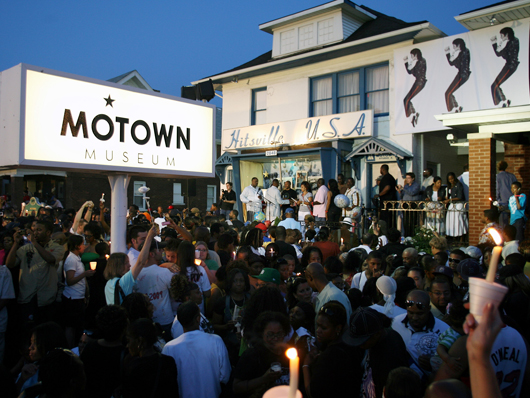
Motown Hitsville USA
24 hours a day, seven days a week from 1959 to 1973, the mighty Tamla Motown Studio A in downtown Detroit, Michigan took a small business up to the largest independent record company in the world.
Needless to say this too is very firmly on the heritage trail of US musical history now and visitors stand where The Four Tops, Marvin Gaye, The Temptations, Smokey Robinson And The Miracles, Edwin Starr, Diana Ross And The Supremes, Stevie Wonder, Martha Reeves And The Vandellas, Mary Wells, the Jackson 5 stood and clap and sing into the innovative echo chamber - a hole in the ceiling!
Credit for the global phenomenal success of the Motown machine goes to the direction of Berry Gordy crossing black street music and soul with R&B, jazz, gospel, country, mainstream pop and driving rhythms.
It also goes to the outfits and dance routines they perfected into a polished style that was distinctive and spoke for a generation, moving smoothly from pure love and pop into more socially meaningful commentary music as the '60s gave way to later decades.
So equally, must credit go to the musicians who backed the singers - The Funk Brothers, unique and talented musicians who just breathed magic into virtually every number they played.
Criticised by many as a factory style production line, Motown certainly delivered the goods - 70% of their released singles hit the charts.
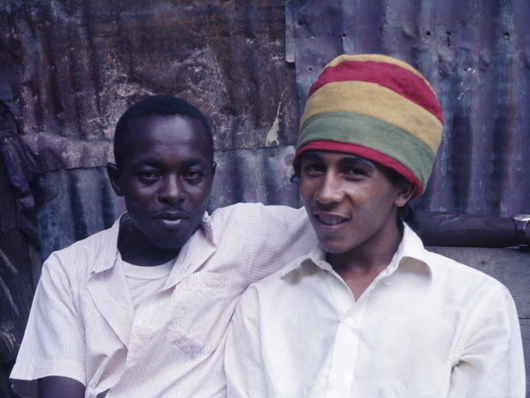
Dodd's Studio One, Jamaica
Bob Marley's best of album Legend released in 1984 three years after his death, has sold over 20 million copies and is the best selling reggae/Jamaican album of all time. It puts the small Dodd's studio - Jamaican Recording and Publishing Company Ltd - known as Studio One into this roundup.
Not because that album was recorded there, on equipment which in the 1960s was generously described as primitive (one-track), but because this studio allowed Marley and other Jamaican musicians like Toots And The Maytals in their early days to develop distinctive styles and sounds that mattered to them and were globally influential, and still are today.
Clement 'Coxsone' Dodd opened his studio at the back of his parents' shop in 1963. He had been a migrant cane cutter in the southern US and acquired wide music knowledge and an amplifier and a turntable and became a mobile DJ on his return to his home island!
The Studio One sound became virtually synonymous with the authentic Jamaican sound of ska, rock steady and reggae.
It's all about fusions and evolution. Desperate for a musical cultural identity after independence, Jamaica has happily absorbed and reinvented from every culture around to give us ska (fast beat, shuffling rhythms) followed by rock steady (slower with more electric instrument driven) followed by reggae (R&B, rock 'n' roll, soul and calypso), followed now by rapping and any number of hybrids without which the contemporary scene would be empty.
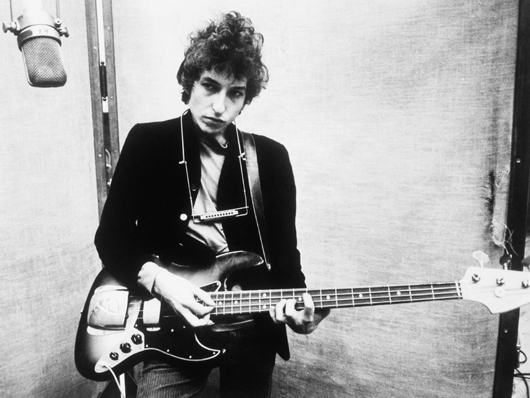
Columbia
Columbia is the oldest surviving brand name in pre-recorded sound, first established in the late 1890s in Washington DC (District of Columbia) to distribute and sell Edison phonographs and cylinders.
Over the years Columbia Records have released hundreds of thousands of records by an impressive array of world-renowned singers, instrumentalists, bands and groups.
Among their catalogue are Bob Dylan, Leonard Cohen, The Byrds, Johnny Cash, Pete Seeger and Simon And Garfunkel (amidst a host of other stylists from Burt Bacharach to AC/DC, and Aretha Franklin to Mariah Carey).
But the Columbia studios in New York first put Bob Dylan on vinyl, and for that reason alone, regardless of other artists and musical/recording innovation, there can hardly be a more influential poetic commentator on our cultural history stage than Dylan, hence the studio being included here.
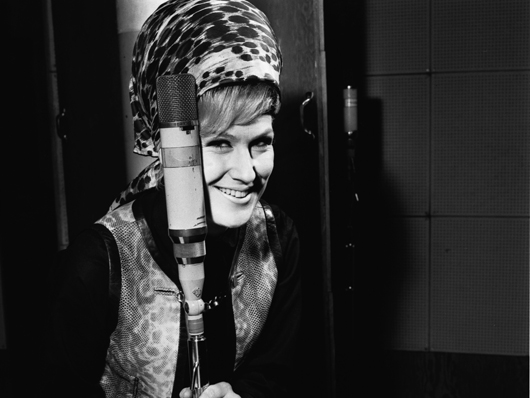
Olympic Sound Studios
Not one of the first thoughts when deciding the greatest studios, maybe, but conducive enough to creativity to record Procol Harum's classic A Whiter Shade Of Pale along with such artists as The Yardbirds, Jimi Hendrix, Graham Bond, Alexis Korner, Dusty Springfield (pictured above) and The Troggs.
Mick Jagger was very fond of it and chose to record six consecutive albums there between '66 and '72.
Established originally in central London where it enjoyed the world's first professional transistorised desk, it moved to Barnes in 1965/66. It was always popular with A&R people from Decca, EMI, Pye and Philips and London Weekend Television's music recordings were made there.
The Beatles chose it to cut Baby You're a Rich Man, while The Who, Led Zeppelin, The Small Faces and Traffic recorded and Queen made A Night at the Opera.
Olympia broke new ground with the original album version of the rock musical Jesus Christ Superstar in 1970, and other film scores including The Italian Job (1969), the movie version of Jesus Christ Superstar (1973) and The Rocky Horror Picture Show in 1975.
In the 1970s they created the ability to achieve instant acoustic change using wooden slats like a Venetian blind, to cover/reveal absorptive panels, so the studio could switch from orchestral to rock in a moment.
However, in the past 20 years, it has fallen apart, literally, with most of the invaluable archive material lost and it's no longer trading. One can only wonder why the UK so rarely treasures our musical heritage as other nations do.
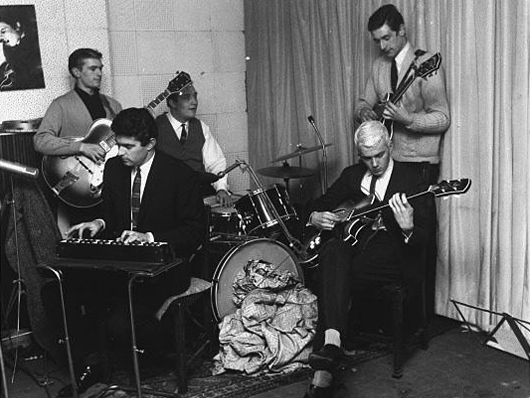
Joe Meek's home
And finally, a tribute to one of the greats in inspired-madness-cum-genius-cum-all-round-tragic eccentric, Joe Meek, record producer extraordinaire.
His greatest opus was The Tornados' (pictured above) 1962 hit Telstar, the first hit by a British group to reach no. 1 in the US Hot 100.
He also worked with Lonnie Donegan, John Leyton, Heinz Burt, The Honeycombs and Mike Berry, besides producing film music including a 1963 pop music film starring Heinz, David Hemmings and Steve Marriott, and featuring Gene Vincent and Kenny Ball, among others.
He enjoyed short-lived success, and dragged down by debt and depression on 3 February 1967, he murdered his landlady with a shotgun owned by Heinz Burt, before turning it on himself. He was just 37 and died eight years to the day after his hero, Buddy Holly.
All very mysterious and worthy of the recent film, Telstar.
But his innovations in recording were far-reaching. He pioneered multiple over-dubbing, close miking, direct input of bass guitars, compressors, effects like echo and reverb on both instruments and voices, sampling and processing recordings through his home-made electronic devices.
He looked for the perfect sound for every record. Ignoring the traditions, he used everything on the three floors of his home/studio at 304 Holloway Road, London (including the echo in the bathroom) and freely distorted and manipulated sound to get the right sonic signature.
He trod the paths that later electro/electronic techno-musicians of the 80s and beyond rushed down.









